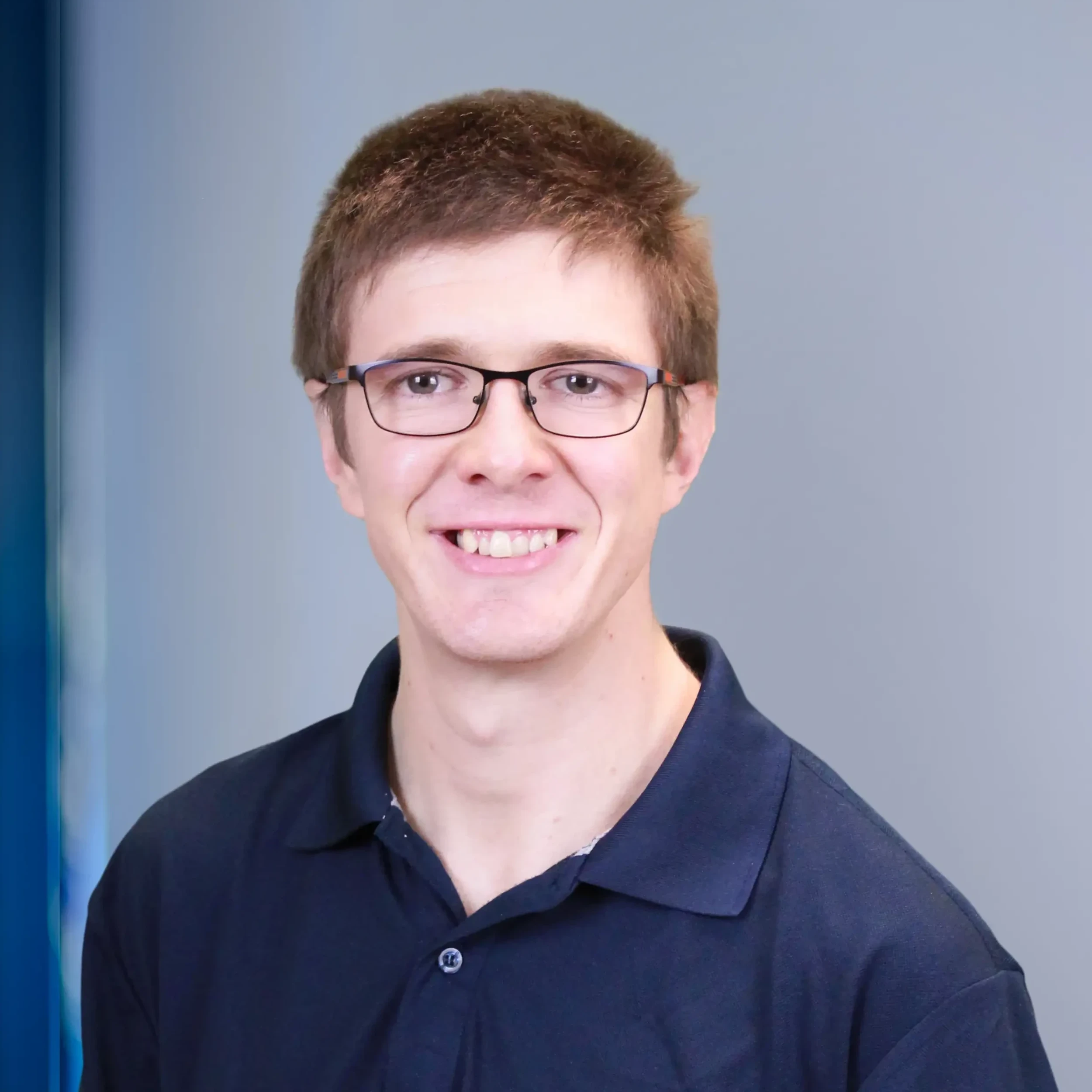Stefan Koning
2025-09-04

Roger Bosman
2025-07-25
Abstract
Granular systems are common in pyrometallurgy. Not only do they feature in a raft of contemporary processing devices, they are also set to play a prominent role in the electrical smelting furnaces (ESF) that are tipped to replace the blast furnace. In the context of ESFs, granular modelling is necessary to capture the behaviour of the feed (a combination of fluxes, carburising/reducing agents, and pre-reduced iron). Some designs involve the accumulation of the feed into piles [1]. The interaction between the feed piles and the baths, as well as the dynamics within the feed piles themselves, determines how quickly the feed melts, thereby controlling the productivity of the furnace. Being able to model these feed piles is essential for the design of the first generation of ESFs.
The primary obstacle to this sort of modelling is capturing the discrete nature of the feed pile. While this could be done using discrete methods, like CFD-DEM, these are computationally demanding, making them unsuitable for large systems that will have to be iterated rapidly during the design process [2, 3]. The alternative is to consider the feed pile as a continuum [2] . It can then be modelled using the conservation equations for mass, momentum, and energy [3] . However, there are three primary difficulties that arise when trying to impose a continuum description on granular systems like the feed pile. These are the determination of the thermal conductivity, relating of stresses to strain, velocity, and density (via constitutive relationships) [4], and the consideration of multiple phases (and phase change). This review shall endeavour to describe the methods available to resolve these three difficulties and identify the best candidates in the context of green steel smelting.
Click here to watch the presentation now
References
1. Cavaliere, P., Perrone, A., Silvello, A., Stagnoli, P. & Duarte, P. (2022). Metals 12(2)
2. Kuang, S., Li, Z. & Yu, A. (2018). Steel Res. Int., 89(1).
3. Dong, X., Yu, A., Yagi, J. & Zulli, P. (2007). ISIJ Int., 47(11).
4. Andreotti, B., Forterre, Y. & Pouliquen, O. (2013). Granular Media: Between Fluid and Solid (1sted.). Cambridge University Press.
*Corresponding author. E-mail: u17306290@tuks.co.za
Biography
Roger completed his Master’s in Chemical Engineering and is now pursuing PhD studies in Metallurgical Engineering. While his Master’s focused on the digital control of hydroponic systems, he has pivoted towards the study of high-temperature, thermochemical systems for PhD.
Stefan Koning
2025-09-04
Dr Johan Zietsman
2025-07-30

SENIOR PROCESS ENGINEER
Jaco is a Chemical Engineer with twelve years of experience in projects that range from reactive metals handling, reactive metal powder production in molten salt slurry reactors, extractive metallurgy to microwave-assisted gas-solid materials processing.
Jaco contributed to three process patents and obtained a PhD degree in Chemical Engineering. Jaco also completed the KTP Management and Leadership Study Program at Ashorne Hill Management College, England.

Digital Engineer
Stefan’s greatest passion is to enable people. By combining his greatest passion with his love for technology, he finds joy in making computing infrastructure accessible to the non-technical, and developing software that uncomplicates tasks. As a software engineer with qualifications in electronic engineering and bioengineering, Stefan is responsible for software development, enabling the team and clients to advance through insight.